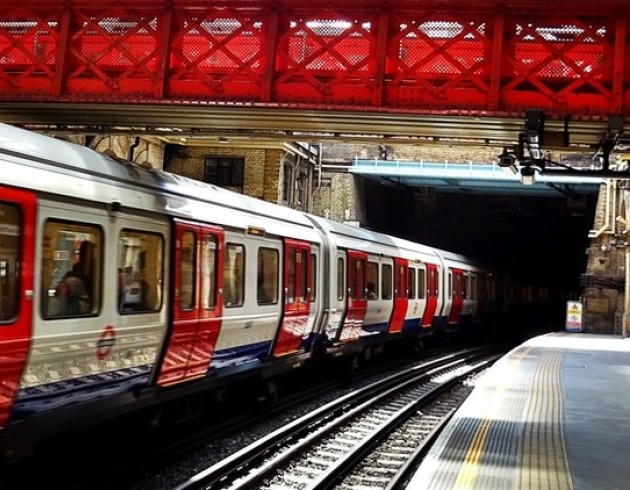Accident prevention and the improvement of the resilience of urban transport systems are one of the key priorities of contemporary transport policy. We use advance statistical methods to detect and explain incidents using large-scale demand and supply side datasets. Our empirical analyses put passenger experience to the centre of the mitigation of accident and incident impacts.
Recent Publications
A causal inference approach to measure the vulnerability of urban metro systems

Transit operators need vulnerability measures to understand the level of service degradation under disruptions. This paper contributes to the literature with a novel causal inference approach for estimating station-level vulnerability in metro systems. The empirical analysis is based on large-scale data on historical incidents and population-level passenger demand. This analysis thus obviates the need for assumptions made by previous studies on human behaviour and disruption scenarios. We develop four empirical vulnerability metrics based on the causal impact of disruptions on travel demand, average travel speed and passenger flow distribution. Specifically, the proposed metrics based on the irregularity in passenger flow distribution extends the scope of vulnerability measurement to the entire trip distribution, instead of just analysing the disruption impact on the entry or exit demand (that is, moments of the trip distribution). The unbiased estimates of disruption impact are obtained by adopting a propensity score matching method, which adjusts for the confounding biases caused by non-random occurrence of disruptions.
An application of the proposed framework to the London Underground indicates that the vulnerability of a metro station depends on the location, topology, and other characteristics. We find that, in 2013, central London stations are more vulnerable in terms of travel demand loss. However, the loss of average travel speed and irregularity in relative passenger flows reveal that passengers from outer London stations suffer from longer individual delays due to lack of alternative routes.
Authors: Nan Zhang, Daniel J. Graham, Daniel Hörcher and Prateek Bansal
Current status: Published in Transportation
Zhang, N., Graham, D. J., Hörcher, D., & Bansal, P. (2021). A causal inference approach to measure the vulnerability of urban metro systems. Transportation
Evaluating the speed camera sites selection criteria in the UK

Speed cameras have been implemented to improve road safety over recent decades in the UK. Although the safety impacts of the speed camera have been estimated thoroughly, the criteria for selecting camera sites have rarely been studied. This paper evaluates the current speed camera sites selection criteria in the UK based on safety performance.
Method: A total of 332 speed cameras and 2,513 control sites with road traffic accident data are observed from 2002 to 2010. Propensity score matching method and empirical Bayes method are employed and compared to estimate the safety effects of speed cameras under different scenarios.
Results: First, the main characteristics of speed cameras meeting and not meeting the selection criteria are identified. The results indicate that the proximity to school zones and residential neighborhoods, as well as population density, are the main considerations when selecting speed camera sites. Then the official criteria used for selecting camera sites are evaluated, including site length (a stretch of road that has a fixed speed camera or has had one in the past), previous accident history, and risk value (a numerical scale of the risk level). The results suggest that a site length of 500 m should be used to achieve the optimum safety effects of speed cameras. Furthermore, speed cameras are most effective in reducing crashes when the requirement of minimum number of historical killed and seriously injured collisions (KSIs) is met. In terms of the risk value, it is found that the speed cameras can obtain optimal effectiveness with a risk value greater than or equal to 30, rather than the recommended risk value of 22.
Authors: Haojie Li, Manman Zhu, Daniel J. Graham, and Gang Ren
Current status: Published in Journal of Safety Research
Li, H., Zhu, M., Graham, D. J., & Ren, G. (2020). Evaluating the speed camera sites selection criteria in the UK. Journal of Safety Research
Contact us
Transport Strategy Centre
Department of Civil and Environmental Engineering
South Kensington Campus
Imperial College London
London SW7 2AZ - UK
enquiries.tsc@imperial.ac.uk or +44 (0)20 7594 5995
